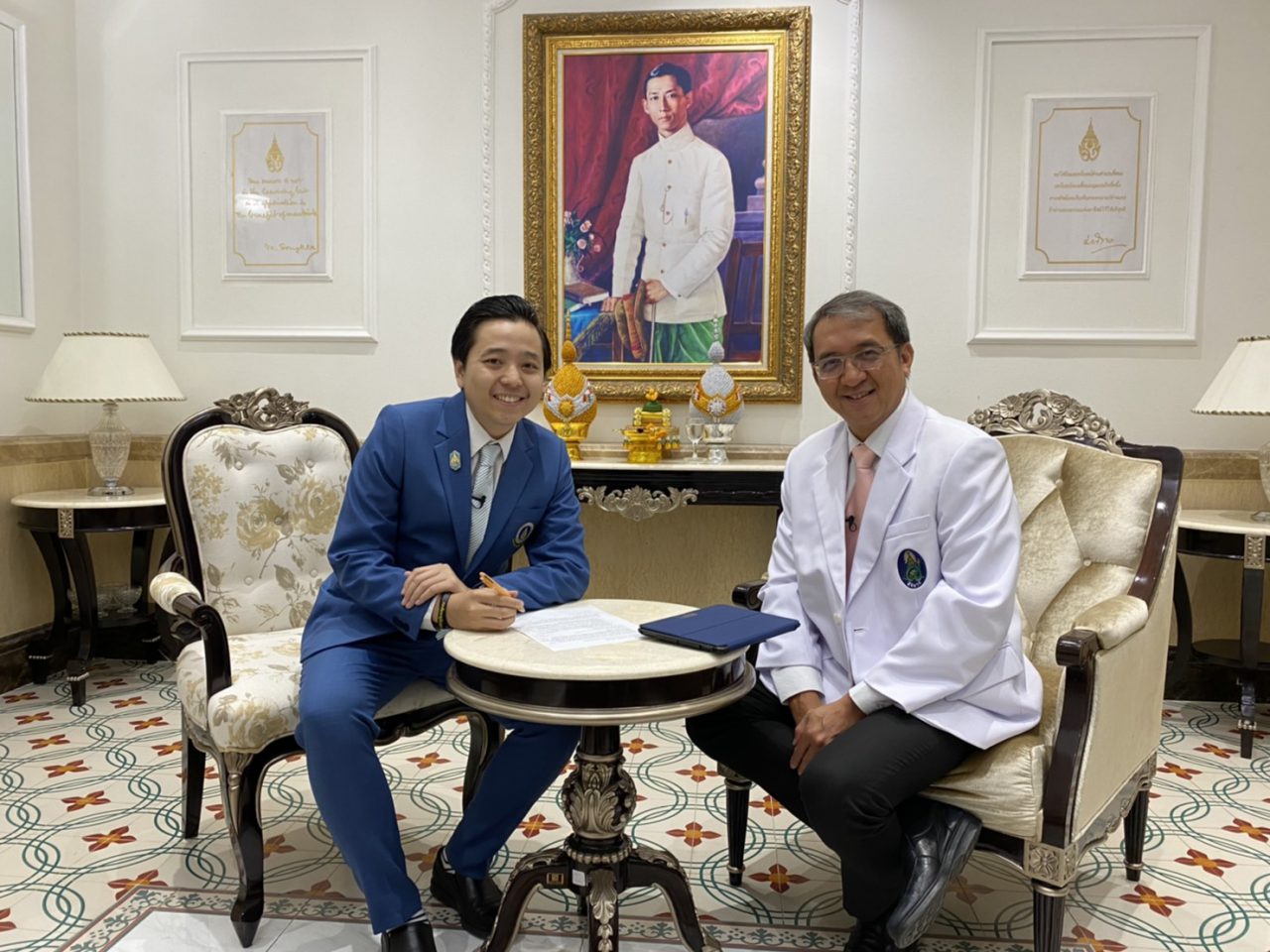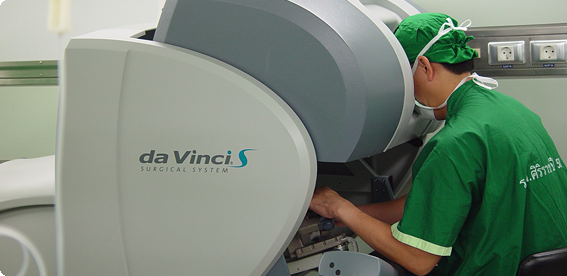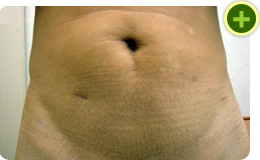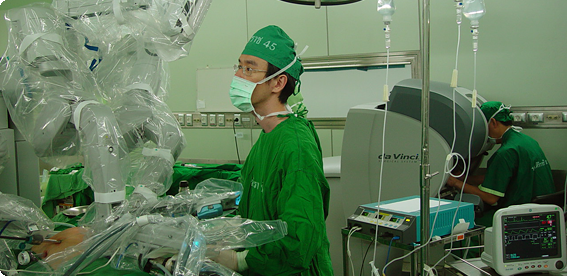Robotic surgery is one of the state-of-the-art technology to assist the surgeon in getting better outcomes for patients who need urology surgery. This technology is called “Da Vinci” Robotic Surgery. Robotic surgery has been used at the Faculty of Medicine Siriraj Hospital for more than ten years. This year (2019), Siriraj Hospital, the largest hospital in Thailand, has received the 4th generation of two Da Vinci robots. More importantly, Siriraj is the first and only hospital in Thailand that received the 4th generation of the Da Vinci robots to perform surgery in the hospital. However, the challenge of robotic surgery, which contains a very high cost, is still controversial in Thai society. We are honored to have Assoc. Prof. Sittiporn Srinualnad, Head of Urology Surgery Division, Department of Surgery, to share insightful information on the Robotic Surgery at Siriraj Hospital with us.

According to Siriraj Urological Surgical Robotic Center, robotic surgery uses the Da Vinci Surgical System in surgery. The system comprises a surgeon’s console, a patient-side robotic cart with four arms manipulated by the surgeon (one to control the camera and three to use instruments), and a 3D Vision System. Surgical instruments are mounted on the robotic arms to introduce into the body through small surgical incision cannulas that allow the surgeon’s hand movements to be scaled, filtered, and translated into precise movements of micro-instruments within the operative site. The magnified three-dimensional view lets the surgeon perform precision and miniaturization in complex surgical procedures.
The history of robotic surgery at Siriraj started in 2007.
“We have received the 1st generation of the robot 12 years ago. 7 years later, we received the 3rd generation of the robotic surgery robot to replace the old one. And now in 2019, we received the brand new 4th generation of two robots to replace the old one.” Prof. Srinualnad explained.
“From 2007 – 2019, we have performed at least 2,500 patients with a successful result.” Prof. Srinualnad continued.
The advantages of Robotic Surgery are apparent. Prof. Srinualnad stated
“We can perform the surgery with the less invasive technique. In narrow, we can do three-hole surgery with better magnification to get inside the abdominal cavity of the patient and also with the better dexterity of equipment to improve the surgical outcome.” Patients can have a better quality of life than they used to be.
“The patients can leave the hospital faster than before as they will have less pain, less operative time, and more cosmetic. More importantly, we can have better surgical outcomes in terms of healing the sexual function intact, and also in the continent is less than it used to be.” Prof. Srinualnad explained.

The 4th generation of the Da Vinci arrived with updates from the old one to allow the surgeon to access the difficult area better.
“For the new robot, we can have a better visualization, the machine is slimmer than the old one, and the installation of the synchronized mode between the system and the user allowed us to move more freely when getting to every difficult angle. It improved the quality of the operation.” Prof. Srinualnad said.

The challenge of Robotic Surgery in Thailand seems to be at a very high cost of it. However, Prof. Srinualnad confirmed that the hospital is trying to make it accessible for all grassroots populations.
“We have the scheme to help the people in the grassroots of Thailand who need robotic surgery. We have the budget allocated by the Siriraj Executive Committee to help them get access to robotic surgery by paying a small amount of money. In some cases, we can treat them for free, and it is our policy to get people to access the newest technology.”
At Siriraj Hospital, Robotic Surgical Center is about to be established as the collaborative and referral platform.
“Now, we’re having the 3rd and 4th generations of the robotic system operating in the same area. We will try bringing our partners to audit and observe the robotic surgery as the referral center for the next step. For instance, we can collaborate with Chulalongkorn Hospital, Ramathibodi hospital, the Golden Jubilee Medical Center, and Sirirajpiyamaharajkarun Hospital to refer the patients to the center so we can share and learn about the system and cases together. Moreover, in the future, it will be the regional training center for the young staff as well.” Prof. Srinualnad explained.
The faith in Robotic Surgery is obvious as it is time to expand accessibility.
“Bigger hospitals, as well as referral hospitals, university hospitals, and provincial hospitals in Thailand, will soon experience the use and practice of Robotic Surgery. It is the future of surgery because the research proved that it has a better outcome in removing the tumor, less bleeding, and better recovery time. It will be surely available in every hospital.” Prof. Srinualnad concluded.


 Published
Published